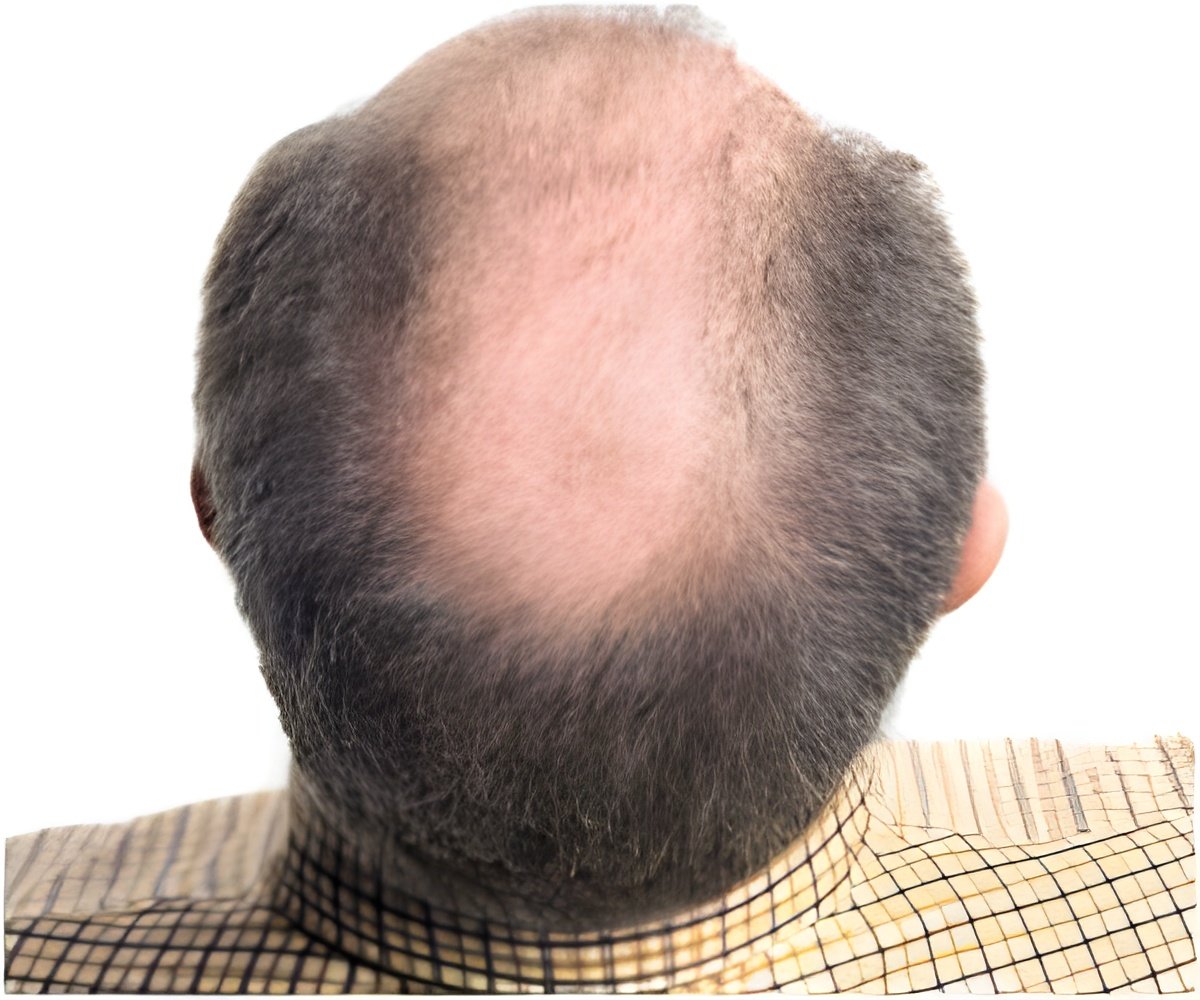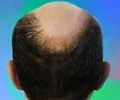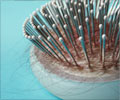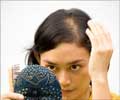
"This could open new venues to treat hair loss in humans through the modulation of the stress hormone receptors, particularly hair loss related to chronic stress and aging," said co-author Million Mulugeta.
Researchers from University of California at Los Angeles and the Veterans Administration discovered the chemical compound "entirely by accident," said the study.
Scientists were using genetically engineered mutant mice that were altered to produce too much of a stress hormone called corticotrophin-releasing factor, or CRF. The chronic stress condition makes them lose hair on their backs.
They injected a chemical compound called astressin-B, developed by the California-based Salk Institute, into the mice to see how the CRF-blocker would affect gastrointestinal function.
When they saw no effect at first, they continued for five days. The researchers completed their gastrointestinal tests and put the mice back in cages with their hairier counterparts.
Advertisement
"Our findings show that a short-duration treatment with this compound causes an astounding long-term hair regrowth in chronically stressed mutant mice," said Mulugeta of the David Geffen School of Medicine at UCLA.
Advertisement
"This molecule also keeps the hair color, prevents the hair from turning gray," he told AFP.
The short five-day time span of treatments brought hair growth effects that lasted up to four months, which was also surprising to researchers.
"This is a comparatively long time, considering that mice's life span is less than two years," Mulugeta said.
Researchers gave the bald mice treatments of "minoxidil alone, which resulted in mild hair growth, as it does in humans. This suggests that astressin-B could also translate for use in human hair growth," said the study.
Co-author Yvette Tache, a professor of medicine at UCLA, said it could take up to five years to start a clinical trial in humans.
"This research could be beneficial in a lot of diseases which are stress-related in their manifestations or exacerbation of symptoms," she said, noting that no sign of toxicity has appeared after extensive tests on mice.
Mulugeta said talks were underway with a major cosmetics firm to fund a study in humans.
"In general, the concept that interfering with the stress hormones or their receptors to prevent or treat stress-related diseases is a very valid concept," he said.
Jean Rivier, a Swiss professor at the Salk Institute, said he has reason to believe the process could be useful in other stress-related ailments, from psoriasis to depression to heart and artery problems.
"You bring back the skin to a normal acidic state where it can essentially go back to a normal stage whereby hair will grow again, and this is very reminiscent of what is seen in relapses and remissions," he said.
The CRF-blocker was studied by other major pharmaceutical companies but was abandoned because it could not administered orally, he said.
However, the latest method uses peptide analogs that bind to the same receptors but via different types of molecules, which could be administered though injections or potentially through a nasal spray.
Source-AFP














